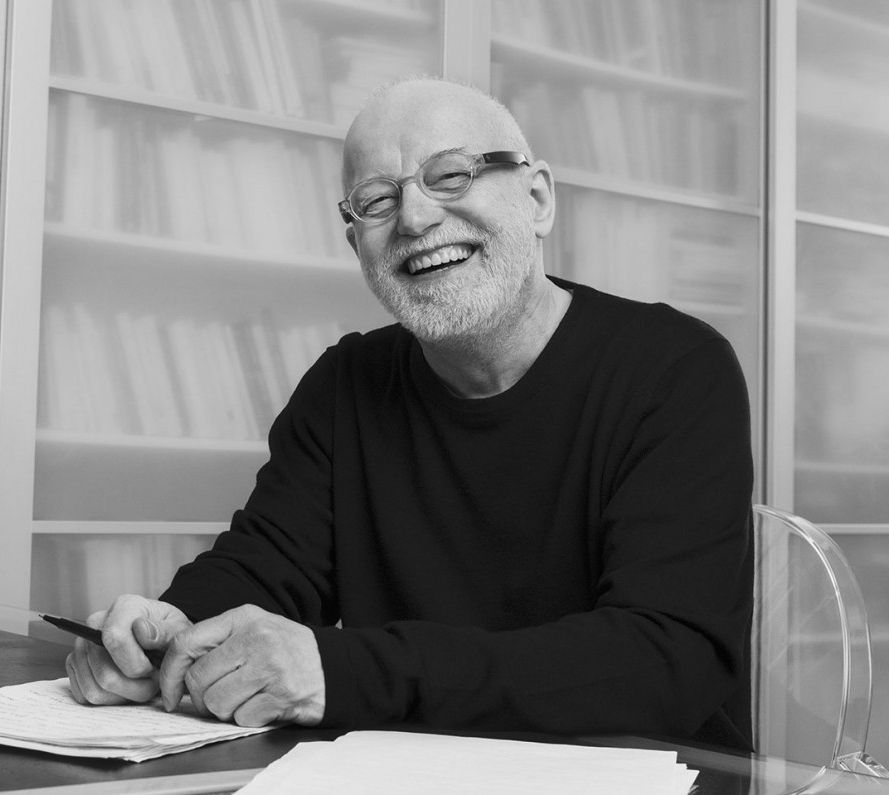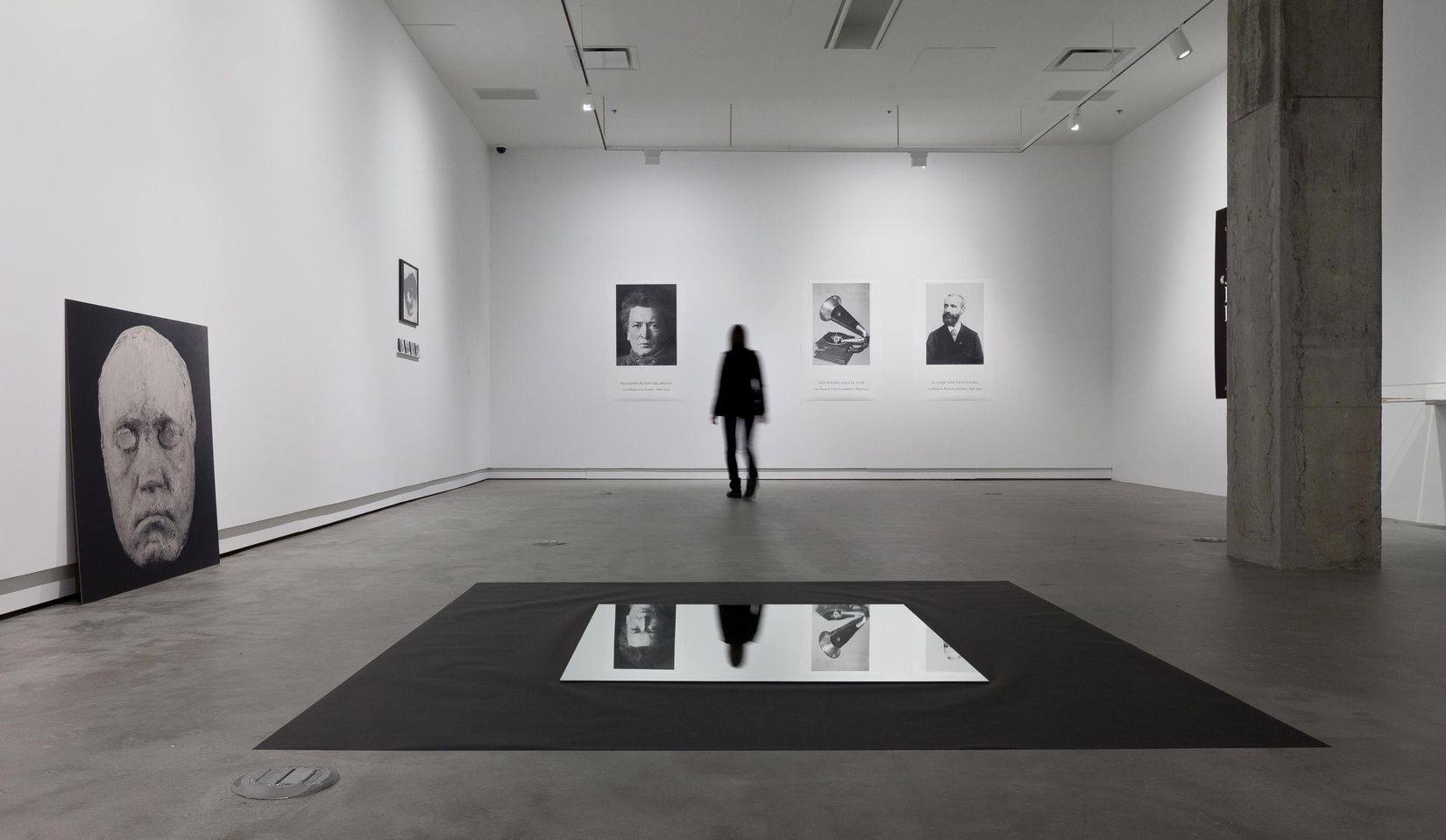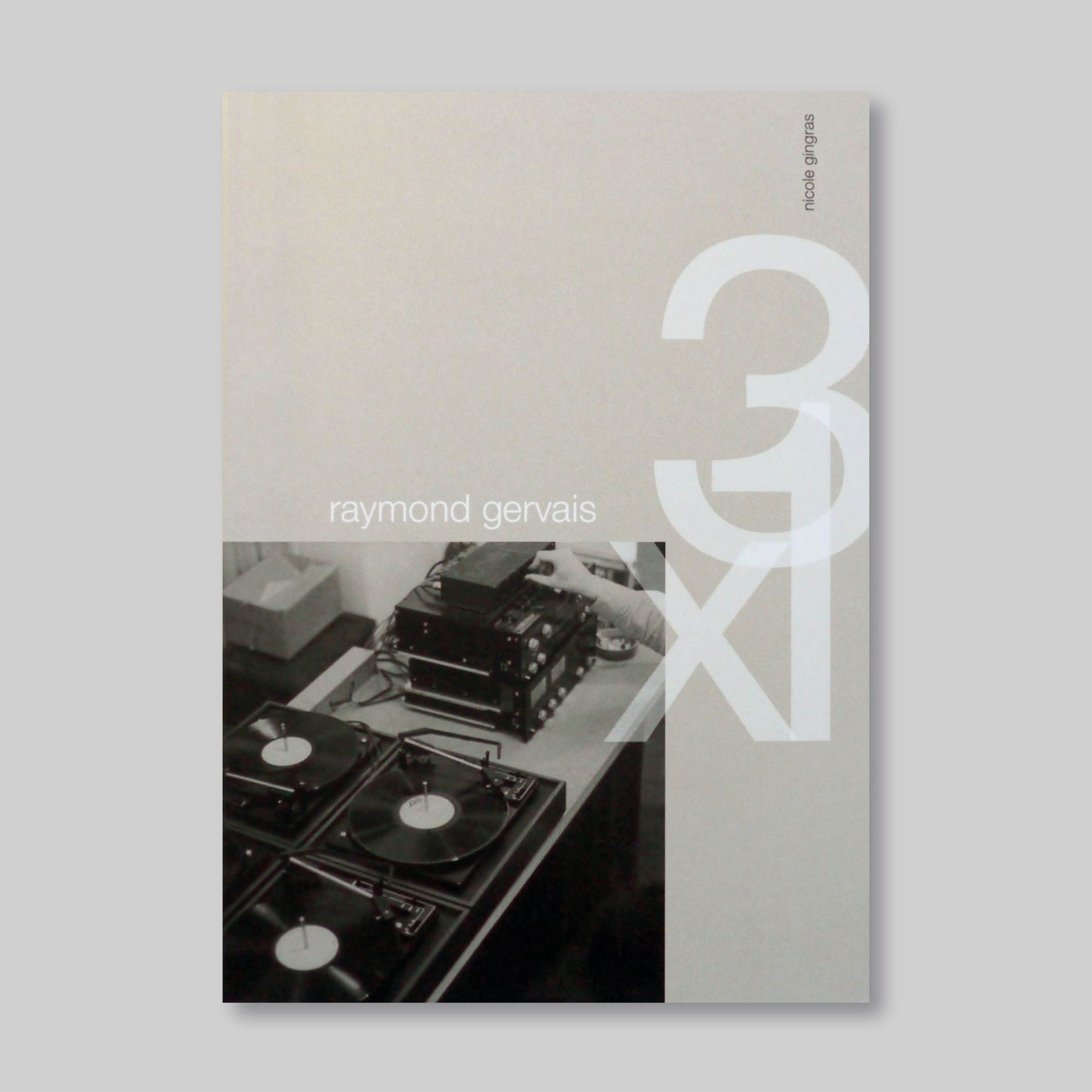Raymond Gervais

Raymond Gervais is a major figure on the Canadian art scene whose conceptual art, performance and explorations of sound link him to the major currents of contemporary art. He also writes about art and music, as well as about his own practice.
Gervais began creating visual arts installations and performances in 1973. His interest in, among other things, phonograph records and music by artists led him to create sound-based works, which in 1990 became essentially silent (“visual” or conceptual sound having taken over since then). In 1976, he presented an initial installation employing a series of turntables, 12 + 1 =. In 1980, he took part in the XI Paris Biennale, with an audio-visual work incorporating a series of metronomes and electronic tuners. In 1986 he began his investigations of the aural imagination with an initial piece referencing Claude Debussy entitled Les concerts de l’imaginaire, followed in 1989 by a second installation inspired by the composer, Claude Debussy regarde l’Amérique, which was shown at 49th Parallel Gallery in New York City. Various personages punctuate Gervais’ practice, including Henri Rousseau, Helen Keller, Virginia Woolf, Guglielmo Marconi, Samuel Beckett and Charles Ives. In 2001, he curated Phono Photo, a group exhibition on the relationships between phonograph records and photographs. Since 2004, he has collaborated with curator Nicole Gingras on a variety of projects including Puisqu’à toute fin correspond, a book of interviews published in 2007, and Raymond Gervais 3 x 1, a major retrospective exhibition accompanied by a book, presented and co-produced by the Leonard & Bina Ellen Gallery at Concordia University (fall 2011) and VOX, centre de l’image contemporaine (fall 2012), both in Montreal. In 2010, Raymond Gervais received the Fondation Émile-Nelligan’s Ozias-Leduc Award. His works are found in Canada’s major museums as well as private collections. [Source : VOX, 2012]

